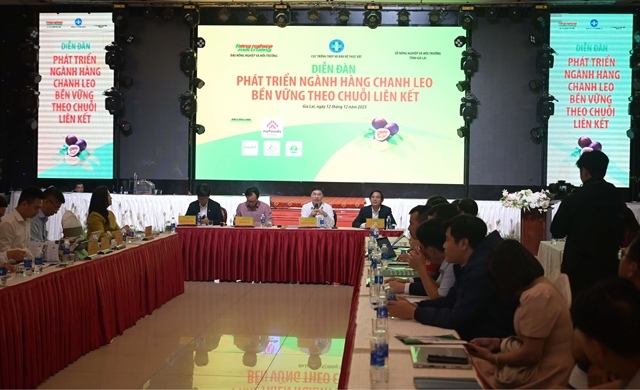Power industry faces competition test in 2016
Power industry faces competition test in 2016
The Ministry of Industry and Trade (MoIT) must finalise all conditions that will help develop the competitive power generation market (VCGM) and get it trial-ready by 2016.

Deputy Prime Minister Hoang Trung Hai has stated this. The matters of concern include general regulations, market models, contract mechanism, operations, payment, capital allocation and new investments.
MoIT and the Electricity of Viet Nam (EVN) have already proposed a master plan for trial of the VCGM in 2015-16 period and for an official launch in 2017.
By the end of last year, 102 power plants had joined the electricity market with a gross capacity of 26,901 MW. Of these, 48 directly offered services in the energy market with an installed capacity of 11,947 MW, accounting for 44.4 per cent of the entire system's capacity.
Other plants, including multi-targeted hydropower plants, Build-Operate-Transfer (BOT) plants, thermal oil/coal plants and privileged plants went for indirect ways.
According to assessments by EVN, the capital demand for building infrastructure of the electricity industry is increasing, but access to the sources is limited.
According to the national electricity development plan for the 2011-20 period, extended to consider the period up to 2030 as well, the industry needs a total investment of US$123.8 billion for 2011-30 period, $48.8 billion for 2011-20 and $75 billion for 2021-30.
The demand for capital for a power grid is on the rise because some electricity projects under the plan require more capital for development to meet the demand for electricity in Ha Noi, HCM City and for the 500-KV North-South electricity network.
In addition, the increase in compensation for site clearances compared with the expected compensation in the plan has also driven up the need for capital by these projects.
The institute noted that in the coming years, the industry will face many problems with power grids, including overloads in Ha Noi and HCM City.
If the demand for electricity in the south continues to increase this year, the industry is sure to buy more electricity from other sources at high prices, EVN has said.
Tran Dinh Long, deputy chairman of the Viet Nam Electricity Association, claimed that in developed countries, the electricity companies could contribute 40-50 per cent of the project capital on their own, while the remaining 50-60 per cent of the project capital must come from loans.
In Viet Nam, EVN had difficulty in getting capital for electricity projects because it could contribute just 20-30 per cent of the project capital on its own, Long remarked.
Meanwhile, many experts have said that the industry has complained of a lack of capital for developing its electricity projects, when in fact, the industry has not used its capital efficiently. It has channelled a large amount of capital into non-core businesses.
Therefore, the state should ensure EVN's use of this capital is efficient.
vietnamnews























